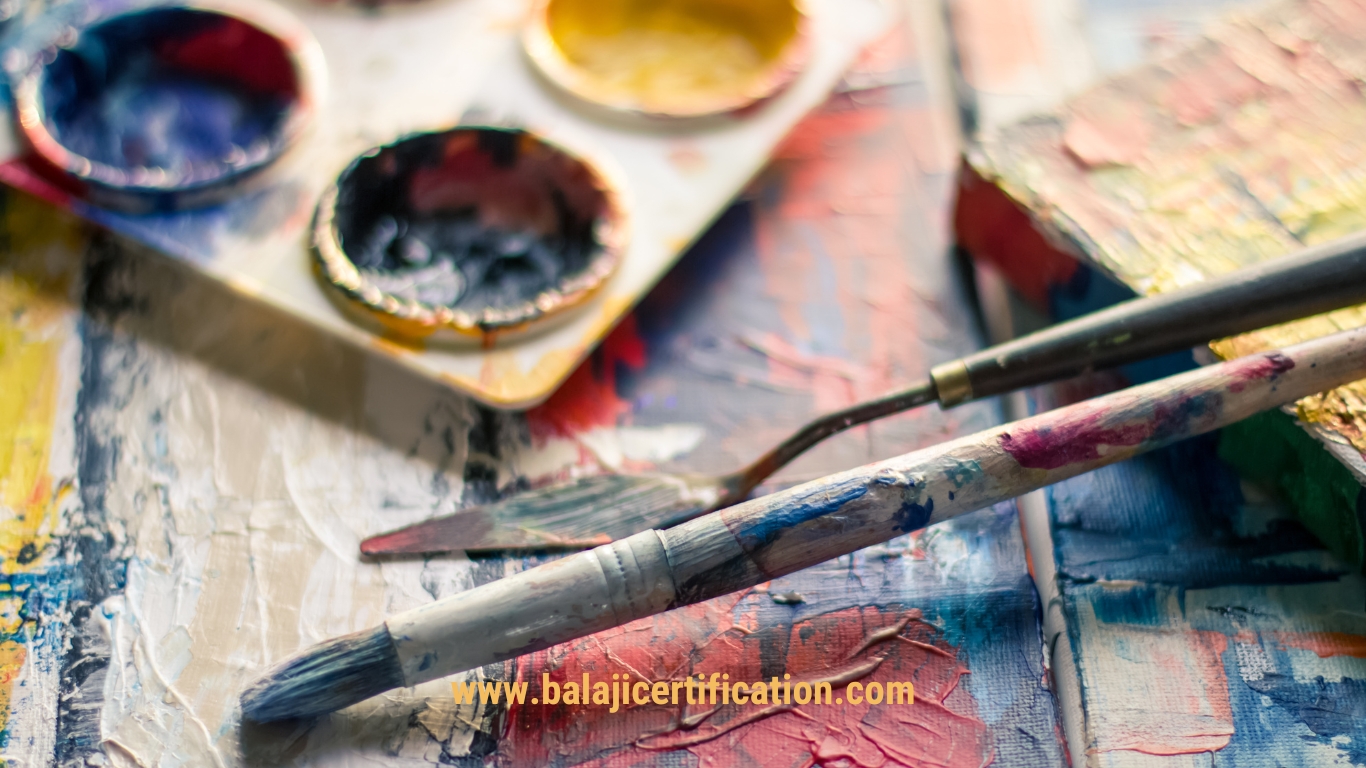Artists have unprecedented opportunities to showcase and monetize their work online. However, this increased visibility also brings the risk of unauthorized use and infringement. Protecting your digital art through copyright and trademark registrations is essential to ensure that your creations are secure and that you maintain control over their use. This guide provides Indian artists with the knowledge and steps needed to safeguard their digital art effectively.
Understanding Copyright and Trademark
Copyright
Copyright is a legal right that grants the creator of original works exclusive rights to their use and distribution, usually for a limited time, with the intention of enabling the creator to receive compensation for their intellectual investment. For digital artists, copyright protection covers paintings, drawings, graphics, and other forms of visual art.
Trademark
A trademark is a sign capable of distinguishing the goods or services of one enterprise from those of other enterprises. It can include words, logos, symbols, or a combination of these. For artists, trademarks can protect your brand name, logo, or any unique symbol associated with your work.
Benefits of Copyright and Trademark Protection
- Legal Protection: Ensures you have the legal backing to prevent unauthorized use and to take action against infringers.
- Monetary Compensation: Allows you to monetize your work through licensing agreements and royalties.
- Brand Recognition: Helps build and protect your brand identity, making your work easily recognizable and distinguishable.
- Market Expansion: Facilitates entry into new markets by providing a layer of security for your intellectual property.
Steps to Copyright Your Digital Art in India
Step 1: Create and Document Your Art
Ensure that your artwork is original and document its creation process. This includes keeping drafts, sketches, or digital files that show the development of your work.
Step 2: File a Copyright Application
- Visit the Copyright Office Website: Go to the Indian Copyright Office website.
- Prepare the Application: Fill out Form IV (A) for literary, dramatic, musical, or artistic works. You’ll need details such as your name, address, nationality, and a description of the work.
- Submit the Application: Submit the completed form along with the required fee and a copy of the work. You can do this online or by mailing the documents to the Copyright Office.
Step 3: Pay the Fee
Pay the prescribed fee, which varies based on the type of work and whether the application is filed online or offline. Ensure you keep the receipt as proof of payment.
Step 4: Examination and Registration
The Copyright Office will examine your application and may raise objections if there are any issues. Respond to any objections promptly. Once the examination is complete, and if no objections are found, your work will be registered, and you will receive a certificate of registration.
Steps to Trademark Your Art in India
Step 1: Conduct a Trademark Search
Before applying, conduct a search to ensure that your desired trademark (e.g., logo, brand name) is not already registered by someone else. You can do this on the Trademark Registry website.
Step 2: Prepare the Application
- Fill Out the Form: Use Form TM-A to apply for trademark registration.
- Provide Details: Include information about the trademark, such as its description, class of goods or services, and a representation of the trademark.
Step 3: File the Application
Submit the completed application online through the IP India website or at the nearest Trademark Registry Office. The application fee varies based on whether you file as an individual, a startup, or a small enterprise.
Step 4: Examination and Publication
The Trademark Office will examine your application. If there are objections, you will be notified and must respond within the given timeframe. Once the examination is complete, and if the trademark is accepted, it will be published in the Trademark Journal for opposition.
Step 5: Registration
If no opposition is filed within four months of publication, your trademark will be registered, and you will receive a registration certificate.
Protecting Your Work Online
- Watermark Your Art: Adding a visible watermark to your digital art can deter unauthorized use.
- Use Metadata: Embed copyright information in the metadata of your digital files.
- Monitor Online Use: Regularly search for unauthorized uses of your work online. Tools like Google Alerts can help.
- Licensing Agreements: Clearly define the terms of use for your work through licensing agreements.
Legal Recourse for Infringement
If you discover that your work has been used without permission, you have several legal options:
- Cease and Desist Letter: A formal request to the infringer to stop using your work.
- Injunction: A court order preventing further use of your work.
- Damages: Monetary compensation for unauthorized use.
Conclusion
Protecting your digital art through copyright and trademark registration is crucial for maintaining control over your creations and ensuring that you receive fair compensation for your work. By following the steps outlined in this guide, Indian artists can secure their intellectual property and confidently share their art with the world.

